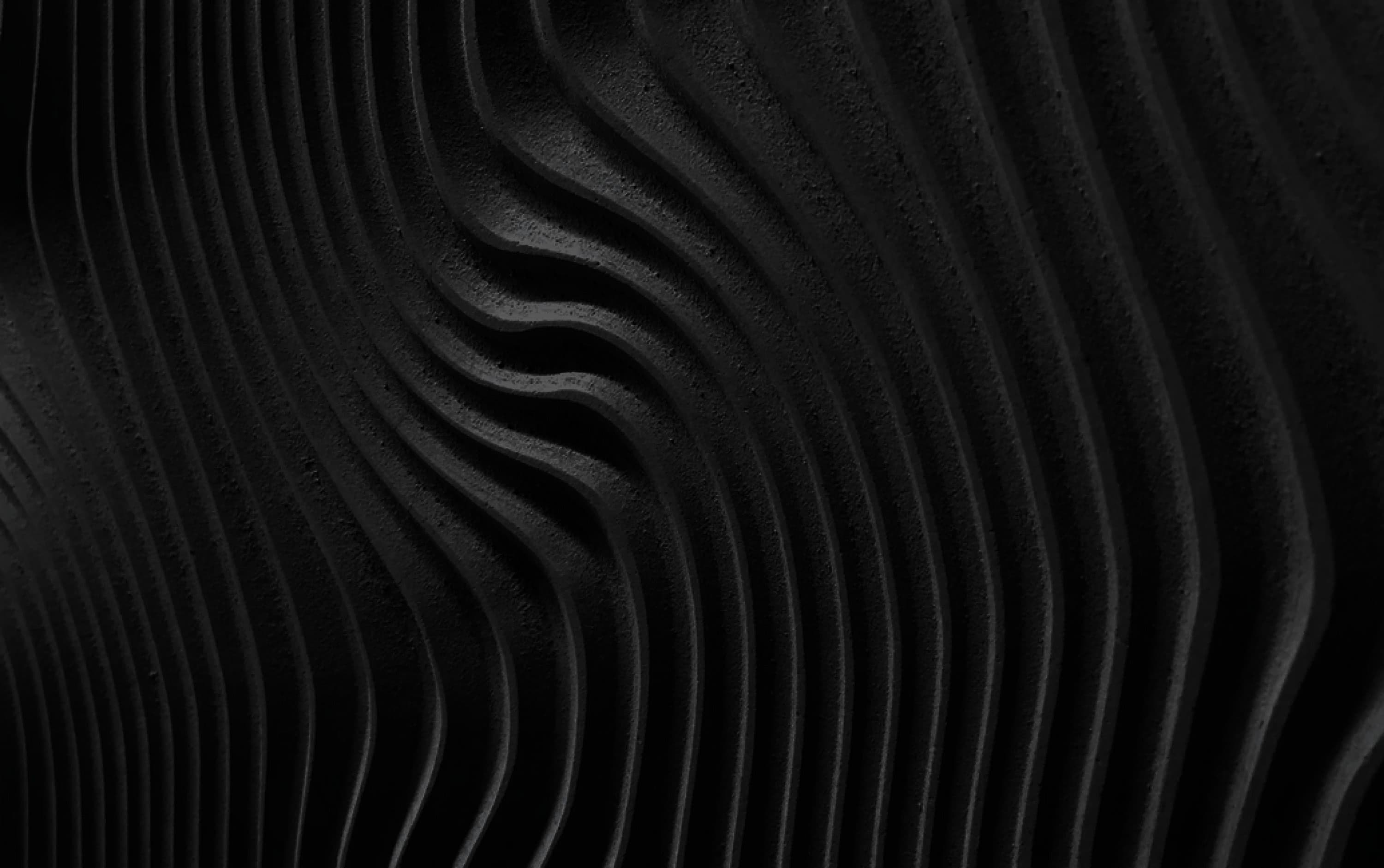Abstract
The round robin 3 study examined a small but complex room with special diffusors. The room was measured and the material properties of all surfaces in the room were obtained in octave bands 125 Hz - 4k Hz. The study compared over 20 simulation tools to simulate the studio room of PTB institute. Results were given both with open curtains and closed curtains. The Schroeder frequency of this room is calculated Hz. A strong standing wave was present in the room and a large part of the wall area could be covered with curtains.
Key findings
- Treble's wave-based solver can show how T30 changes with different positions, while the other GA software simulations can’t.
- Treble's wave-based solver can predict T30 well at low frequencies, while the other GA software simulations overestimate absorption.
- At higher frequencies, Treble's GA solver simulations underestimated less compared to other software's GA simulations.
Recent posts
At CES we will present the Treble SDK, our cloud based programmatic interface for advanced acoustic simulation. The SDK enables high fidelity synthetic audio data generation, scalable evaluation of audio ML models and virtual prototyping of audio products. Visit us in Las Vegas from January 6-9, 2026 at booth 21641.
Studio Sound Service authorized reseller of Treble in Italy
Through this partnership, Treble and Studio Sound Service are bringing next-generation acoustic simulation and sound design solutions to professionals across the country. With its deep expertise and strong reputation in pro audio, Studio Sound Service is the perfect partner to expand the reach of Treble’s cutting-edge technology, empowering acousticians and sound engineers to design better-sounding buildings and venues.
Treble and Hugging Face Collaborate to Advance Audio ML
Treble Technologies and Hugging Face have partnered to make physically accurate acoustic simulation data openly accessible to the global research community.
As part of this collaboration, we are releasing the Treble10 dataset, a new open dataset containing broadband room impulse responses (RIRs) and speech-convolved acoustic scenes from ten distinct furnished rooms. The dataset is now freely available on the Hugging Face Hub for non-commercial research.
This collaboration aims to lower the barrier to entry for audio and speech machine learning research by providing high-quality, physics-based acoustic data that was previously difficult to obtain or reproduce.
